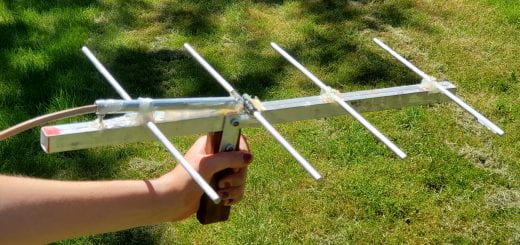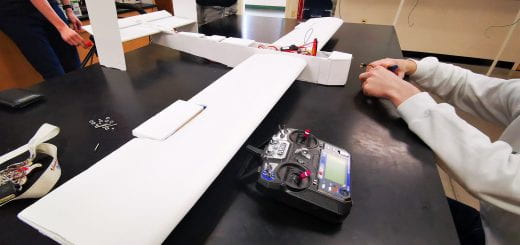Plumbing Pipe Music – Building a PVC Flute

Last week, while watching various people play the bass guitar on Instagram, I was presented with a video of a person playing a home-made stringed instrument. This guy, Nicholas Bras, was certainly having fun creating new instruments. So, I checked out his site on YouTube and found a few versions of making PVC plumbing pipe flutes, and many other homemade things. These seemed like good projects for our DeArmond Makerspace in the Price Science Commons & Research Library and I investigated further. I watched several videos from different people and then set on the path to make four different PVC flute versions to see which I liked best.
Of the four PVC flutes, one stood out as far better than the others. It was based on a Native American flute design and is played more like a recorder than a flute. The video by PhreshAyer that I used as my guide was well made and gave many more construction details, lacking in other videos. This flute was also much easier to play and the video tutorial also indicated how to tune the flute during its construction. Traditionally, the flute also required the carving of a fetish that help direct the flow of air. In my case, I 3D-printed the piece, seen in blue in my photographs. The end result was a flute/recorder tuned in the key of G, that was both easy to make and easy to play. If you plan on making a flute, try this one first. You will be successful!
I should note, that ¾ inch PVC plumbing pipe comes in several varieties and only one type should be used. First, avoid the gray pipe and only use the Schedule 40 white PVC material. The gray pipe is designated as drainage pipe, while the white pipe is food-grade delivery material that is safe to drink from. Second, there is schedule 200 and schedule 40 white PVC pipe. All of the designs I saw called for the Schedule 40, which has a slightly smaller internal diameter. It may or may not make a big difference for some designs, but it is quite important for the model that I suggest above. This model has a part of a wine cork inserted into the end of the flute and the schedule 200 pipe is too wide for the cork and it will slide out. The other flute versions I tried don’t have anything that needs to go inside the pipe, but you could still use cork to cap the ends of the flutes.

The 3D printed air-flow director, made with Tinkercad, is a 25 x 15 x 6 mm rectangle with a 2 x 10 x 18 mm slot on one surface to direct the flow of the person’s breath across the main section of the pipe. It took all of 9 minutes for the custom made piece to print.

